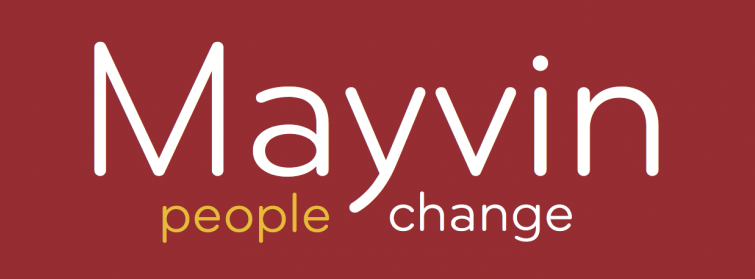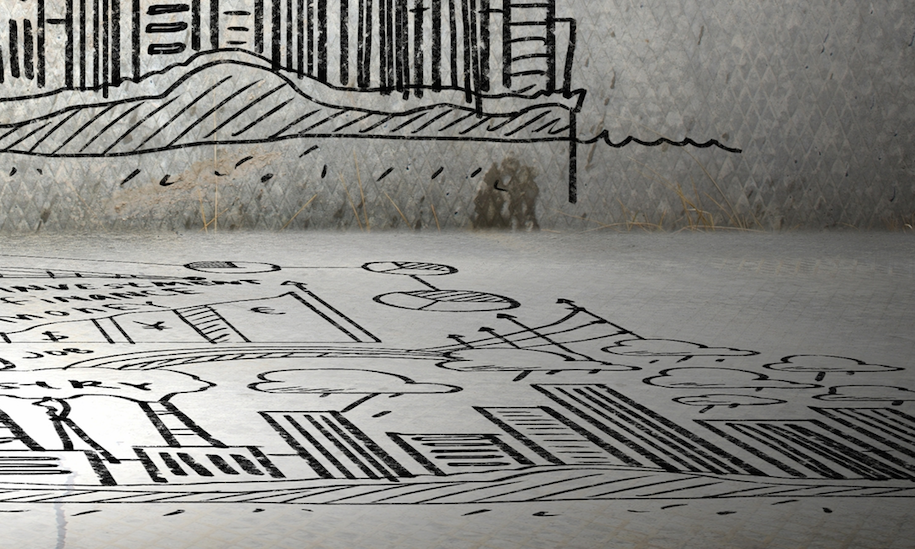Where OD sits, and how it is placed, on the organisational map become critical factors in how centrally it is regarded to the actual act of designing and delivering an organisation’s change.
I recently met with a Director of Operations of a public sector organisation who explained: “the CEO suggested we meet; that you might be able to help me. To be honest I am a bit skeptical but I said I would give it a go.”
David Maister suggests as a consultant we need to get beyond our self-orientation, so I didn’t engage with the skepticism. Instead I simply asked, ‘what’s the problem?’
The way he outlined it was this:
“I am due to retire in November. The CEO asked me not to just go but to ‘tell me what you want to do. Write your own job spec, based on what you think we really need’. So the plan is, I will retire, and then come back and fill in where I can add most value. The problem is, I don’t know where that is in the current system. I need some help to think that through.”
So we explored this system, drawing the current constellation of roles and organisational challenges on a piece of paper. The set of scribbles and boxes, lines and arrows reminded me of Margaret Wheatley’s depiction of the real organisational map, compared to the official organogram that is usually drawn.
The challenge he faced boiled down to a simple question, with a complex set of possible responses. How does he step out of the current matrix of roles, and then plug back in in a way that fitted the following criteria (which I helped him to pin down)? What he wanted was:
- To have a clear mandate on behalf of a current Executive Director - we identified three possible such members, the Director of Operations, the Technical Director and the Director of the latest Transformation Programme.
- To work directly with technical departments, sorting them out with their leadership teams, or at least coaching these teams to do it for themselves
- To fit in with (and avoid clashed with) current senior operational deputy directors
- To do some enjoyable work on a part-time basis
The first of these criteria took up a lot of our time. It was a discussion about who would be the best fit, personality, skills and mandate-wise. In the end, he described our conversation as ‘surprisingly useful’, which I took as a compliment. What struck me though was a rather chilling moment in relation to the role of OD in the scheme of things.
In the course of sketching out the map of relationships and roles, and exploring the consequences of this special, roving role that he sought, it occurred to me that what he was doing was effectively a piece of organisational design and development work. We were talking about relationships, strategy, culture and leadership, whilst trying to figure out the best design, in terms of the orientation of the pieces of the organisational jigsaw in front of us. At one point I mentioned this to him. His response was to say. ‘Yes I am, but I can’t call it that, because OD sits over here…’ and he drew a tiny box, right at the edge of the piece of paper, reporting to one of the two central corporate divisions, which he had already ruled out as fairly unimportant in his thinking, in favour of the clinical ones.
It struck me as ironic that here he was doing OD, and yet the people tasked with doing OD in the system were regarded as right on the edge of the map. One saving grace of this, I suppose, is that my entry into the organisation was through this tiny, marginal (and in my opinion excellent and hard working) OD unit. So in a sense, as their proxy, I was doing the ‘real OD’ for them, and on their behalf, by having this conversation. But it wasn’t widely regarded as such.
This does point to the real dilemma OD faces as it becomes positioned within the organisational map, especially as it often positions itself as an ‘under the radar’ operation: how can the 'real work' of OD and its value in creating change be recognised?

